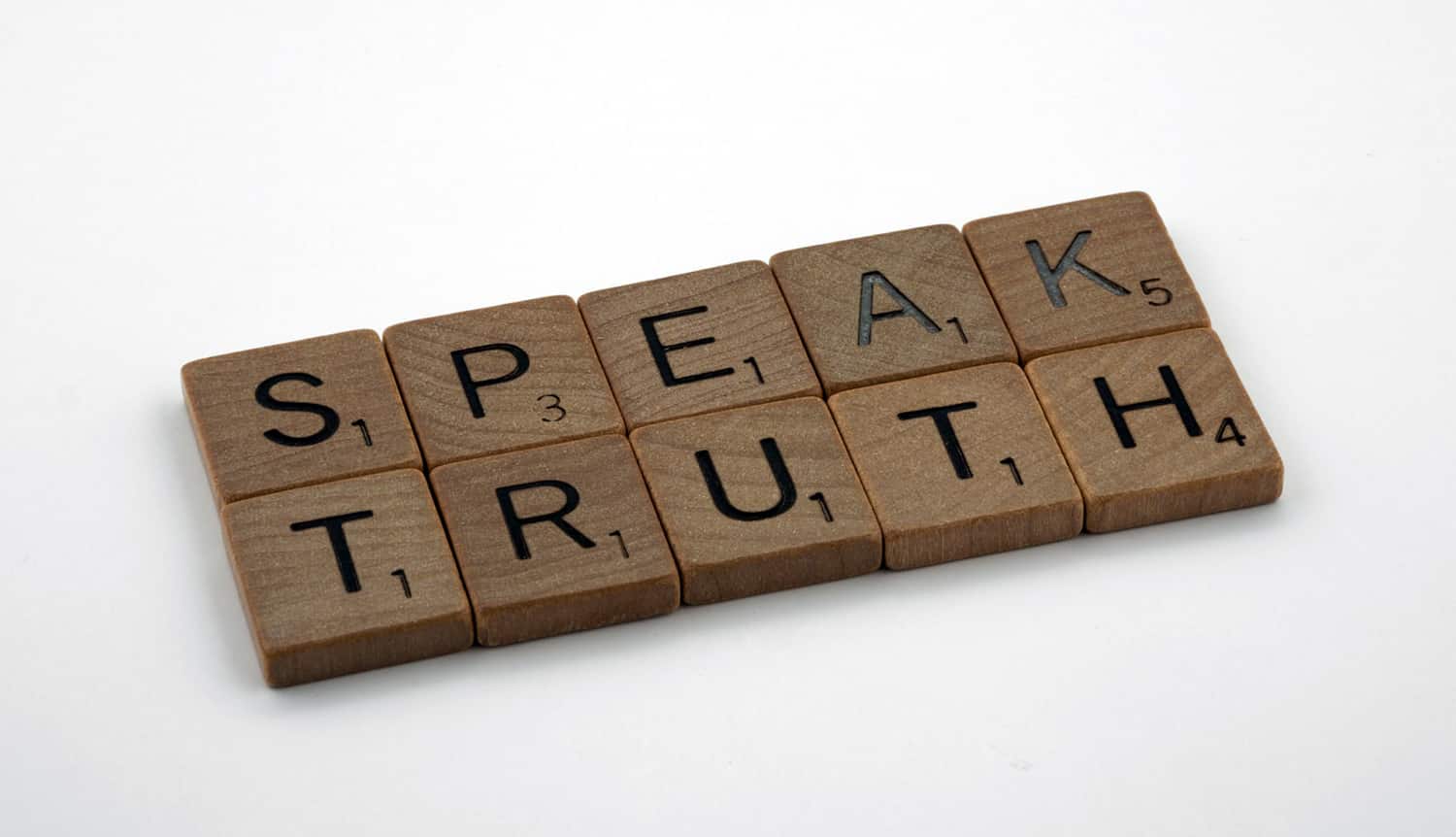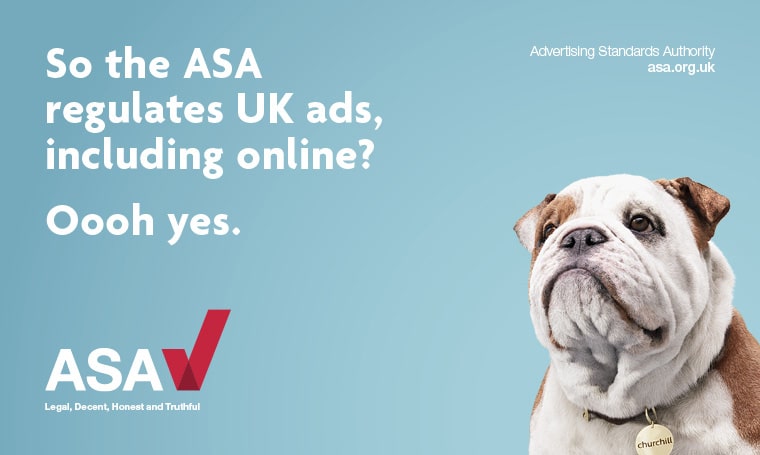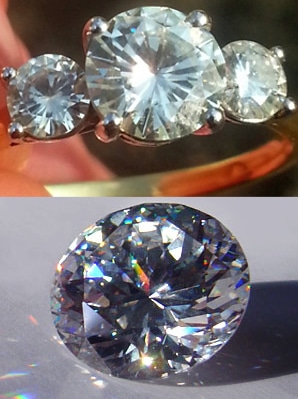Blog
Home » Diamonds blog » LAB-GROWN AND IMITATION DIAMOND DEALERS LOCK ANTLERS, PROVING ONCE AGAIN THAT WORDS STILL MATTER
Focus on

Photo by Brett Jordan on unsplash.com.
For the record, Ethica does not sell natural diamonds. All its gemstones are man-made, being either laboratory-grown stones or simulants, meaning they were created from materials like cubic zirconia or moissanite.
The ruling of the ASA came as the result of a complaint filed by a rival laboratory-grown diamond e-retailer, Diotima & Co., which just happens to be controlled by Ethica’s owner’s ex-husband, suggesting more that more than simply responsible consumerism was concerned.
The complaint had not contended that Ethica was passing off laboratory-grown diamonds as natural diamonds, which has been the primary source of industry concern in recent years, but rather than was conflating laboratory-grown stones with simulants, meaning with stones that are not all diamonds.
One of marketing statement made by Ethica that was red-flagged stated, “The Ethica Diamond is grown in a laboratory utilizing advanced diamond technology, which creates a unique gemstone optically identical to diamond and of the highest quality, color, and clarity.” In this instance it was referring to simulants made from moissanite.
In its ruling, ASA stated that it was “misleading” to label any product that has a different chemical composition a diamond as being a diamond. “Ads for diamond alternatives [should provide] clear qualification as to the nature of the product in order to avoid misleading consumers,” the watchdog body’s ruling said.
When selling product like cubic zirconia or moissanite, ASA said that the retailer may only use the work diamond if it is preceded by the qualifiers “imitation” or “simulant.”
INCENDIARY GUIDELINE DOCUMENT CITED
In reaching its finding, ASA referenced the “Diamond Terminology Guideline,” which is that document that was developed several years ago by nine leading diamond industry organizations to encourage full, fair and effective use of a clear and accessible terminology for diamonds, synthetics diamonds and imitations of diamonds by all sector bodies, organizations and traders.
In the United Kingdom, the Diamond Terminology Guideline has the official status of Assured Advice from the UK Trading Standards authorities, but it is disliked by laboratory-grown diamond producers, who state that it mainly serves the interests of the natural diamond sector.
But that does not escape the irony that, whereas it was natural diamond producers and dealers that had consistently tried to create a hierarchy by which their product is better regarded than laboratory-grown stones, it is now the laboratory-grown diamond sector that is doing its utmost to ensure that its product is not confused with less prestigious imitations.

The Advertising Standards Authority (ASA), the United Kingdom’s advertising watchdog organization, to e-tailer Ethica Diamonds to task for being vague about identity of imitation diamonds.

Diamond simulants or imitations, moissanite (above) and cubic zirconia (below).
A REASONED PURCHASING DECISION
Ultimately, however, what the incident indicated is that in the diamond and jewelry business words still matter, and not because they confer prestige on one product or another. They matter because the underlying foundation of consumer confidence is that customers must believe that they received what they consciously paid for. If that does not happen, and consumer feel that they were misled in any way, then the integrity of all jewelry products is threated.
Speaking at an industry forum recently, Gaetano Cavalieri, the President of the CIBJO, the World Jewellery Confederation, stressed that his organization’s objective in defining terminology in its respected Blue Book series, is not to protect prices and improve profits. Those, he stressed, are issues that the industry does not have the ultimate say over – the consumer does.
The industry’s obligation as a responsible operator, Cavalieri said, is that when a consumer decides to buy a product, regardless of price, he or she is provided all the information required to make a reasoned purchasing decision, in an as clear clear and unambiguous a way as possible.
That means truth in advertising.
